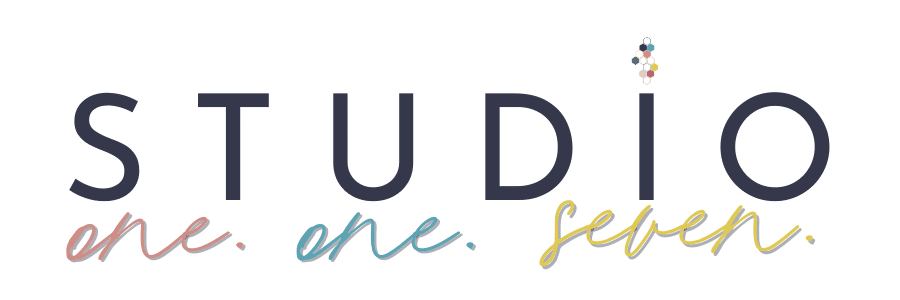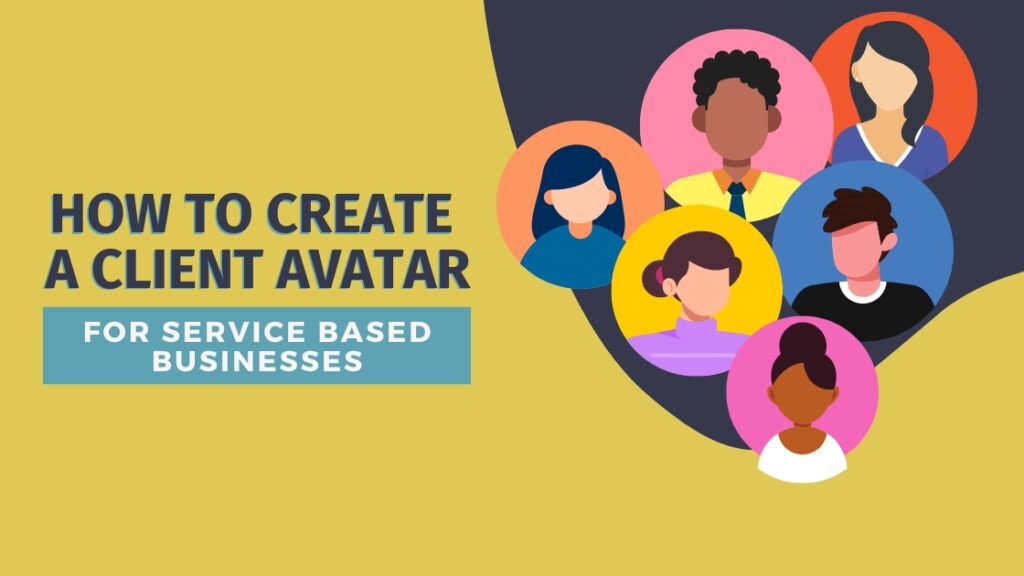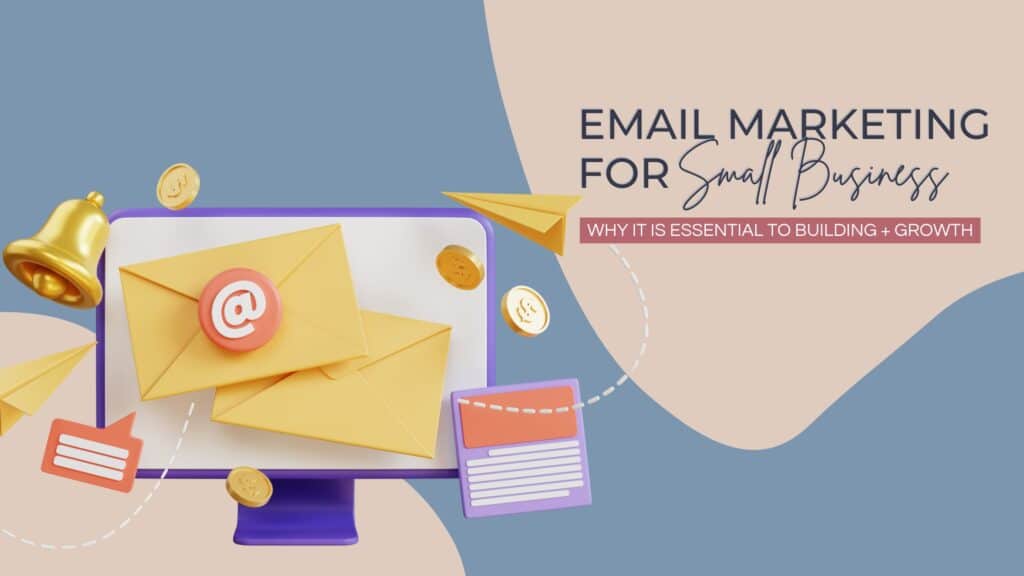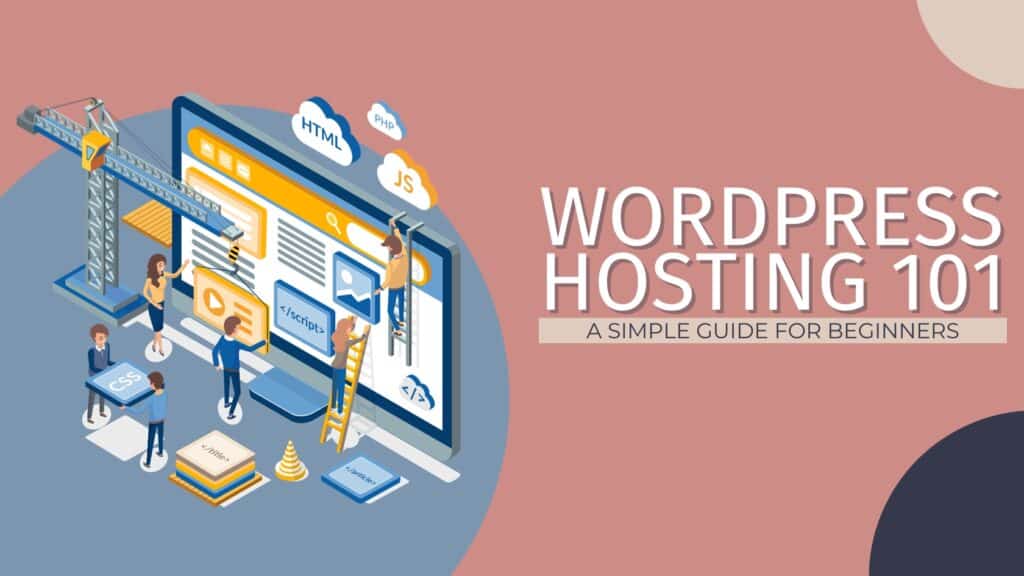How To Create Avatars For Clients, Donors & Volunteers [Non Profit Edition]

Written By: TaKenya
Published: August 18, 2025
Modified: September 16, 2025
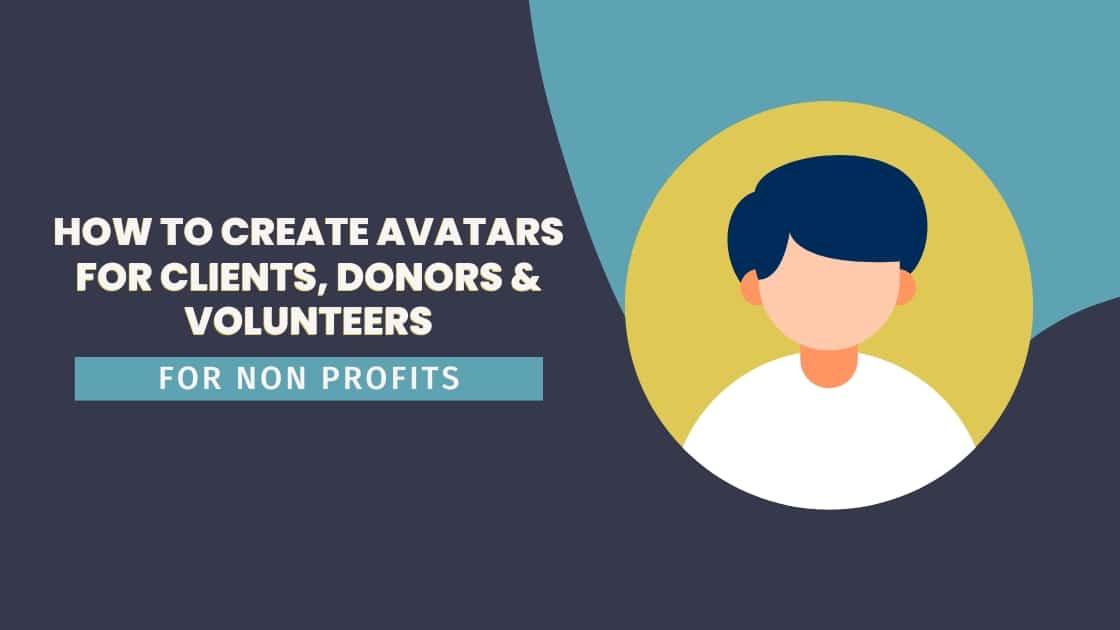
Client Avatars
The links in this post may be affiliate links. That means that if you click them and make a purchase, this site makes a commission. It will have no impact on the price you pay or the experience of your purchase.
You know that moment when someone asks, “Who does your organization serve?” and you launch into a five-minute explanation that covers everyone from donors to volunteers to the communities you support?
I get it.
When your mission is to make the world better, it feels natural to want to help everyone who needs it.
Here’s the thing, though – when you try to speak to everyone, your message gets lost in the noise.
Consider this: imagine you’re at a community event and someone says, “Our organization helps all people in need and works with anyone who wants to make a difference!”
You’d probably think, “Okay… but what do you actually DO?”
Compare that to someone who says, “We provide job training and mentorship for formerly incarcerated individuals, and we work with local employers who want to give second chances.”
Now we know exactly how to connect.
Why Audience Avatars Actually Matter for Your Mission
I’ll be straight with you – vague messaging kills impact.
When your communications try to appeal to everyone, potential supporters can’t see themselves in your story.
Donors scroll past your posts.
Volunteers don’t know if they’re the right fit.
And the people you serve might not even realize you exist.
But when you get specific?
Everything changes.
Your ideal supporters think, “This is exactly what I’ve been looking for.”
Your messaging becomes clearer because you know exactly what matters to each audience. And you stop attracting people who aren’t aligned with your actual work.
The Challenge: Multiple Audiences, One Mission
Here’s what makes non-profits unique – you’re not just serving one group.
You’ve got the people you directly serve, plus all the people who help you serve them.
That might feel overwhelming, but the same approach works for each audience.
Let me walk you through how to get clear on each group, starting with the people you serve.
Getting Clear on Who You Serve with an audience avatar
1. Paint the Picture
What does their daily life actually look like?
Are they single parents working two jobs?
Recent immigrants navigating a new system?
Veterans struggling with transition?
Get specific about their world, not just their demographics.
2. Identify the Core Problem
What’s the real problem you solve?
Not the mission statement version – the human version.
A homeless shelter doesn’t just provide “temporary housing.” Maybe you provide a safe place for families to rebuild stability while navigating job searches and housing applications.
3. Get Into Their Language
How do they describe their situation?
They’re not using your program names or grant language.
A veteran might not say “I need transitional support services.” They might say “I feel lost and don’t know how to translate what I did in the military to civilian jobs.”
4. Understand the Emotions
What are they feeling?
Overwhelmed? Hopeful? Frustrated with the system? Ashamed?
Understanding these emotions helps you communicate with empathy and respect.
5. The Social Media Test
When you see posts from people in your community and think “This is exactly why we exist,” what are they saying?
What stories make your heart hurt because you know you could help?
Getting Clear on Your Supporters
Now apply the same process to your donors, volunteers, and advocates:
For Donors: What motivates them to give?
Are they successful professionals who want to give back to their community?
Parents who care about the issue because it affects their kids?
People who’ve been through similar struggles?
For Volunteers: What drives them to show up?
Are they retirees with time and skills to share?
College students looking for a meaningful experience?
Corporate teams wanting to make a difference together?
For Advocates: Who shares your posts and talks about your cause?
Are they directly affected by the issue?
Do they work in related fields?
Are they community leaders who care about social justice?
Real Examples That Make This Click
Instead of: “We serve at-risk youth in our community.”
Try: “We provide after-school programs and mentorship for middle school students whose parents work multiple jobs and can’t be home when school lets out.”
Instead of: “We need volunteers who care about education.”
Try: “We’re looking for retired teachers and professionals who want to share their skills with students who’ve never had someone believe they could go to college.”
Instead of: “We help families in crisis.”
Try: “We provide emergency assistance and case management for families facing eviction who are one unexpected expense away from homelessness.”
See how much clearer that is?
These aren’t just demographics – they’re real people with specific situations you can actually address.
Why Organizations Stay Too Broad
Look, I understand the fear. You’re thinking, “But what if we miss someone who needs help?” or “What if a donor doesn’t fit our description but still wants to give?”
Here’s what most people don’t tell you – getting specific doesn’t mean turning people away.
It means your message reaches the right people faster.
When someone reads your content and thinks “That’s exactly my situation” or “That’s exactly how I want to help,” they’re much more likely to take action.
What Changes When You Get This Right
Your grant applications become more compelling because you can tell specific stories.
Your volunteer recruitment gets easier because people know exactly what they’re signing up for.
Your donor communications hit home because supporters can see the real impact of their gifts.
Most importantly, the people you serve can actually find you when they need help.
Prioritizing Your Audiences
Here’s something to consider: start by getting crystal clear on the people you serve.
Once you nail that, it becomes much easier to identify who cares about that same group and wants to help.
Your donor and volunteer avatars should connect to your service avatar.
If you serve formerly incarcerated individuals seeking employment, your donors might be business owners who believe in second chances, and your volunteers might be HR professionals who want to share interview skills.
Ready to Take This Further?
Once you’re clear on who your people are – whether that’s the communities you serve or the supporters who make your work possible – the next step is figuring out how to communicate with each group in a way that truly connects.
That’s where your organization’s voice comes in.
Each audience needs to hear from you differently, but it all needs to feel authentically like your organization.
If you want help developing messaging that clearly speaks to each of your audiences while staying true to your mission, I’d be happy to help you create a communication strategy that makes all your outreach feel natural and effective.
Remember, you don’t need to help everyone or appeal to everyone. You just need to serve the right people really, really well and connect with the right supporters who share your vision.

TaKenya
A life and business coach at TaKenya Hampton Coaching, owner of Studio117 Creative, and the girl behind the stove or drill at the Kenya Rae Blog. A total WordPress geek and lover of systems that help businesses run smoothly. My goal is to make things look good, work well, and help business owners reach their full potential—whether they’re working solo as a solopreneur or with a team.
